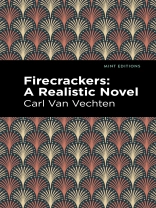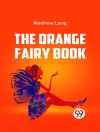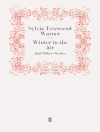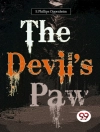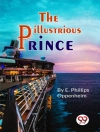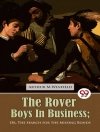Firecrackers: A Realistic Novel (1925) is a novel by Carl Van Vechten. Published in the same year as F. Scott Fitzgerald’s The Great Gatsby and Anita Loos’ Gentlemen Prefer Blondes, Van Vechten’s novel has been recognized as an important document of the Jazz Age, a decade of bohemian excess and artistic experimentation that changed the shape of American and European culture. “You must think of a group of people in terms of a packet of firecrackers. You ignite the first cracker and the flash fires the fuse of the second, and so on, until, after a series of crackling detonations, the whole bunch has exploded, and nothing survives but a few torn and scattered bits of paper, blackened with powder.” In Van Vechten’s novel, an explosive group of friends welcomes a handsome young man into their midst. Gunnar O’Grady, an athlete and a jack of all trades, soon becomes an object of obsession for men and women alike. As he tries to satisfy their needs and desires while working to support himself, he begins to question the meaning of friendship itself. Firecrackers: A Realistic Novel, Van Vechten’s fourth novel, is a fascinating work of fiction from a man who was always one step ahead of the rest. This edition of Carl Van Vechten’s Firecrackers: A Realistic Novel is a classic of American literature reimagined for modern readers.
Since our inception in 2020, Mint Editions has kept sustainability and innovation at the forefront of our mission. Each and every Mint Edition title gets a fresh, professionally typeset manuscript and a dazzling new cover, all while maintaining the integrity of the original book.
With thousands of titles in our collection, we aim to spotlight diverse public domain works to help them find modern audiences. Mint Editions celebrates a breadth of literary works, curated from both canonical and overlooked classics from writers around the globe.
关于作者
Carl Van Vechten (1880-1964) was an American photographer, writer, and patron of the Harlem Renaissance. Born in Cedar Rapids, Iowa, Van Vechten was raised in a wealthy, highly educated family. After graduating from high school, he enrolled at the University of Chicago to study art and music, and spent much of his time writing for the college newspaper. In 1903, he took up a position as a columnist for the Chicago American, but was fired three years later for his difficult writing style. He moved to New York in 1906 to work as a music critic for The New York Times, focusing on opera and taking a leave of absence to travel through Europe the following year. Van Vechten’s work as a critic coincided with the careers of some of the twentieth century’s greatest artists—the dancer Isadora Duncan; Russian prima ballerina Anna Pavlovna; and Gertrude Stein, a writer and one of Van Vechten’s closest friends. Van Vechten, who wrote an influential essay titled “How to Read Gertrude Stein, ” would become Stein’s literary executor following her death in 1946. He is perhaps most notable for his promotion and patronage of some of the Harlem Renaissance’s leading artists, including Paul Robeson and Richard Wright. In addition to his photographic portraits of such figures as Langston Hughes, Ella Fitzgerald, Zora Neale Hurston, Marcel Duchamp, and Frida Kahlo, Van Vechten was the author of several novels, including Peter Whiffle (1922) and Firecrackers: A Realistic Novel (1925).
